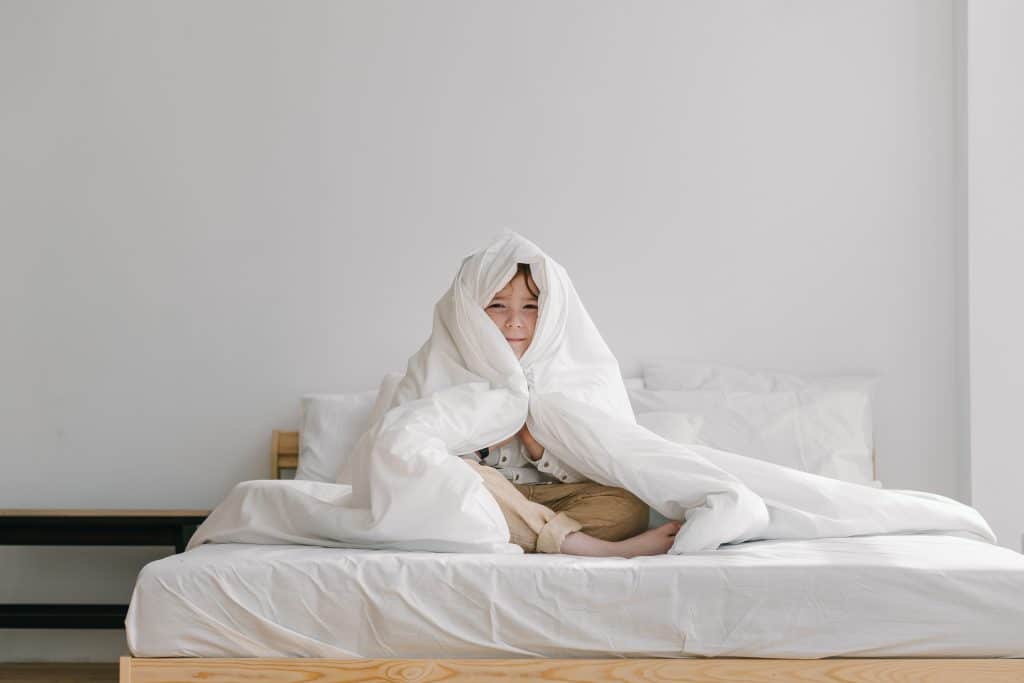Raising a child is a journey filled with twists and turns, and parenting a child with ADHD and autism can feel like navigating a labyrinth. But imagine if you could turn that labyrinth into a scenic route filled with moments of joy, growth, and understanding? This is what we’ll explore in this blog post. We’ll delve into the world of ADHD and autism, providing practical strategies backed by research to help you parent effectively. You’ll find tips, advice, and insights that can make your parenting journey manageable and rewarding.
Table of Contents
Understanding Your Child’s World
Firstly, let’s acknowledge that parenting a child with ADHD and autism is no walk in the park. It’s more like a trek on an uncharted path, with unexpected turns and surprising discoveries. But remember, you’re not alone. Many parents, like you, are navigating this journey. And together, we can turn this challenging path into a rewarding expedition.
Most importantly, understanding your child’s world is the first step. Children with ADHD and autism perceive and interact with the world in unique ways. For instance, they might be hypersensitive to certain stimuli or have a different way of processing emotions. Recognizing these differences can help you tailor your parenting strategies to their needs.

Read more: How Do You Calm a Child With ADHD?
Validating Emotions: Empathy is Key
Validating your child’s emotions is crucial. This means acknowledging their feelings and showing empathy. It’s like saying, “I hear you, and your feelings matter to me.” This simple act can make a world of difference. It helps your child feel understood and accepted, reducing frustration and anxiety.
For example, if your child is upset because they can’t play their favorite video game, try responding with empathy instead of dismissing their feelings. Say something like, “I understand that you’re upset. It’s tough when we can’t do the things we love. But it’s bedtime now, and we need to rest.”
Goally | The Safest Tablet for Kids

Setting Up for Success: Praise, Routine, and Environment
Setting up your child for success involves a three-pronged approach: praising desired behaviors, establishing regular routines, and avoiding environments that trigger tantrums. Think of it as creating a supportive ecosystem where your child can thrive.
Praising desired behaviors, for instance, encourages your child to repeat them. It’s like watering a plant — the more you water it, the more it grows. Similarly, the more you praise your child’s positive behaviors, the more they’ll want to repeat them.
Creating a Schedule: The Power of Structure
Creating a schedule can provide a sense of structure and predictability, which is comforting for kids with ADHD and autism. It’s like having a roadmap that guides them through the day. This can reduce anxiety and help your child transition between activities more smoothly.
Moreover, setting up a learning space at home can further support your child’s academic success. This should be a quiet, clutter-free area where your child can focus on schoolwork without distractions.

Read more: Morning Motivation for Kids With ADHD
Setting Boundaries: Consistency is Key
Setting clear boundaries and being consistent with your parenting are essential. This means following through with consequences and rewarding positive behavior. It’s like setting the rules of a game — if the rules keep changing, the game becomes confusing and frustrating.
Additionally, breaking up homework with activities can help manage your child’s energy levels and maintain their focus. It’s like taking short breaks during a marathon — it helps maintain stamina and performance.
Helping with Relaxation: The Art of Unwinding
Helping your child with relaxation techniques can be a game-changer. Allowing them to fidget, play before taking on big tasks, and practice relaxation techniques can help them manage their energy levels and focus. It’s like giving them the tools to navigate their emotional landscape.
Remember, relaxation is not a one-size-fits-all. What works for one child might not work for another. The key is experimenting with different techniques and finding what works best for your child.
Creating a Relaxing Home Environment
Creating a relaxing home environment is equally important. This is where your child can let their guard down and just be themselves. A calm, organized environment can reduce sensory overload and help your child relax.
For example, you should limit loud noises, keep the house tidy, and create a designated quiet space where your child can retreat when they feel overwhelmed.
Finding Back to School Success
Transitioning back to school after a break can be challenging for kids with ADHD and autism. But with the right strategies, you can help your child navigate this transition successfully.
Start by summarizing what they’ll learn, discussing expectations, and keeping instructions simple and structured. This provides a roadmap for your child so they know what to expect and what’s expected of them.
Remember, every child is unique, and what works for one might not work for another. The key is to remain patient, flexible, and open to trying different strategies until you find what works best for your child.
Goally | Apps To Support Child Development
Looking for fun ways to help your child learn life skills? Try Goally! The Goally tablet comes with award-winning learning apps and video classes to help kids develop the skills they need to become independent with FUN & evidence-based practices.

Our apps teach executive function, language, emotional regulation, finger dexterity skills, and more.
As your child develops new skills, you can increase the difficulty level of the tasks in the app to challenge and motivate them even further. This helps your child grow and progress at their own pace, while also keeping them engaged and excited about their development.

In Conclusion
Parenting a child with ADHD and autism requires a blend of empathy, structure, consistency, and relaxation techniques. Remember, you’re not alone on this journey. With patience, flexibility, and the strategies discussed in this blog, you can transform challenges into opportunities for growth and connection. Above all, remember that your love and understanding are the most powerful tools in your parenting toolbox.
FAQs about How To Parent a Child With ADHD and Autism
How can I manage my child's tantrums effectively? Managing tantrums involves understanding triggers and intervening before they escalate. Consistent routines, clear expectations, and calming techniques can help diffuse tantrums. How can I help my child focus on their homework? Creating a quiet, distraction-free learning space and breaking up homework into manageable chunks can improve focus. Also, regular breaks can help maintain their concentration. My child struggles with transitions. How can I help? Visual schedules, timers, and reminders can help your child anticipate and prepare for transitions. Also, practicing transitions during non-stressful times can help them cope better. How can I communicate effectively with my child? Clear, simple language and visual aids can improve communication. Also, validating their emotions and giving them time to process information can enhance understanding. How can I support my child's social skills? Role-playing, social stories, and structured social activities can help your child develop social skills. Also, praising positive social interactions can reinforce these skills.
This post was originally published on May 31, 2023. It was updated on February 17, 2024.

Goally
We help parents teach their kids life skills, like doing bedtime and morning independently. Backed by science, we incorporate evidence-based practices and expert-informed designs in all of our apps and content.






